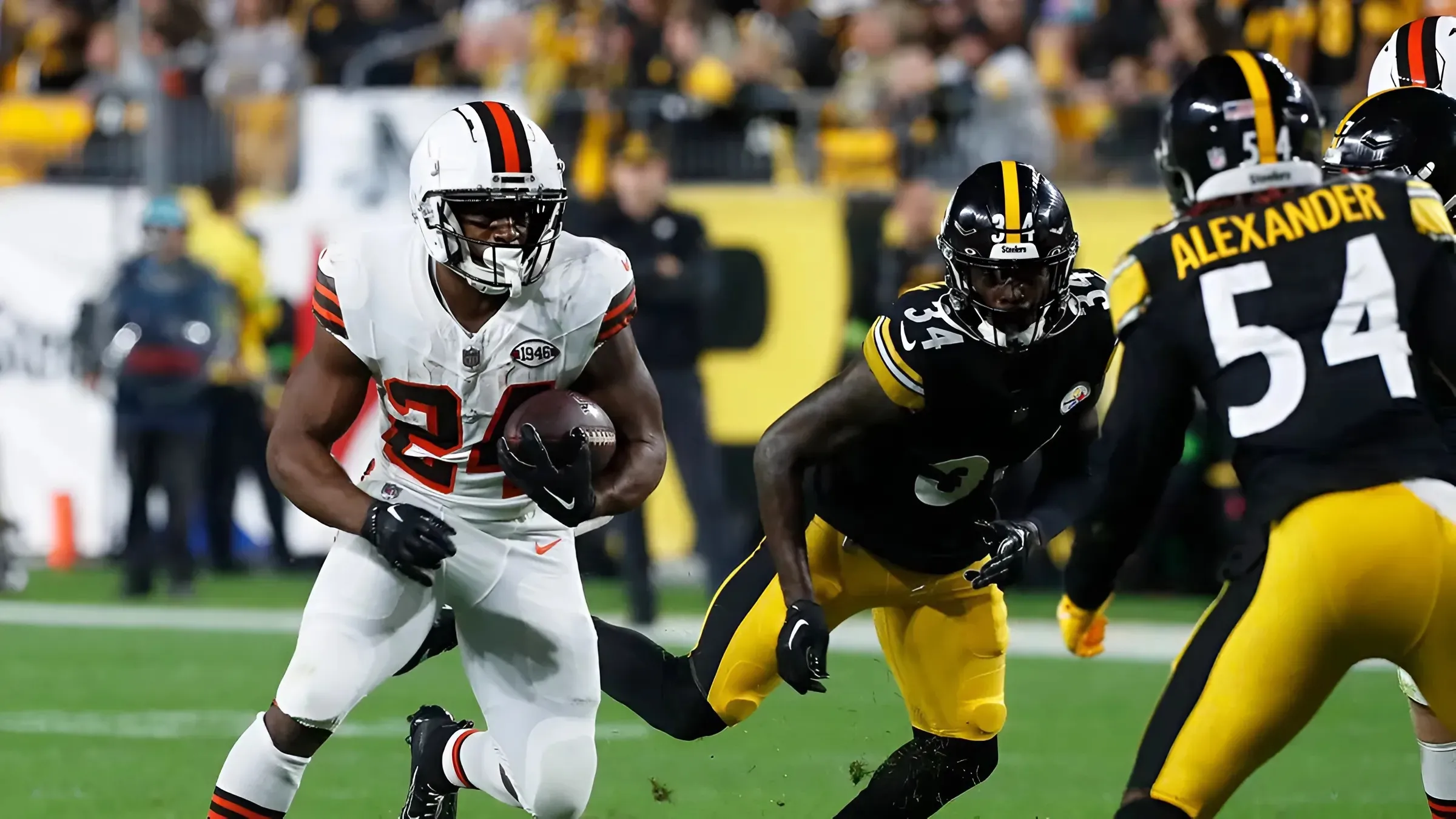The Walking Dead: Dead City is one of three The Walking Dead spin-offs to launch in the last few years. Taking place five years after the events of the original, it faces stiff franchise competition, going up against The Walking Dead: Daryl Dixon, which was met with positive reviews, and The Walking Dead: The Ones Who Live, which earned universal praise.
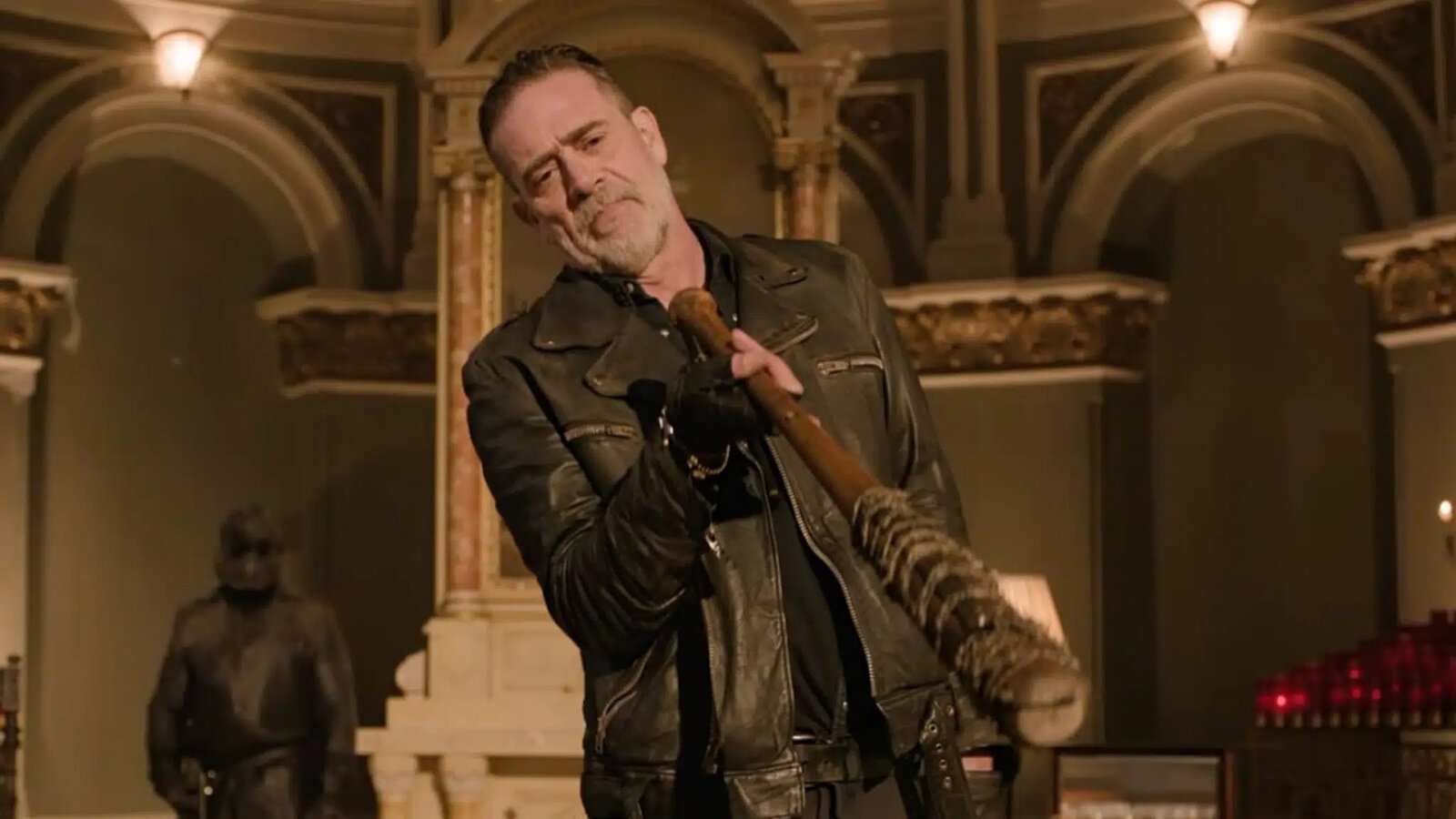
The Walking Dead: Dead City is arguably the least enticing of the three, but it has its appeal. There’s TV’s greatest villain Negan (Jeffrey Dean Morgan), of course. There’s the constant conflict between he and Maggie (Lauren Cohan). There’s the familiar backdrop of Manhattan. And there are compelling new villainous characters. Season one whet our appetites. But how is season 2? It’s a bitable snack, but you may find that you’re still yearning for a ravenous meal.
[Note: this review is based on the first six of eight episodes.]
What to Remember About Season 1
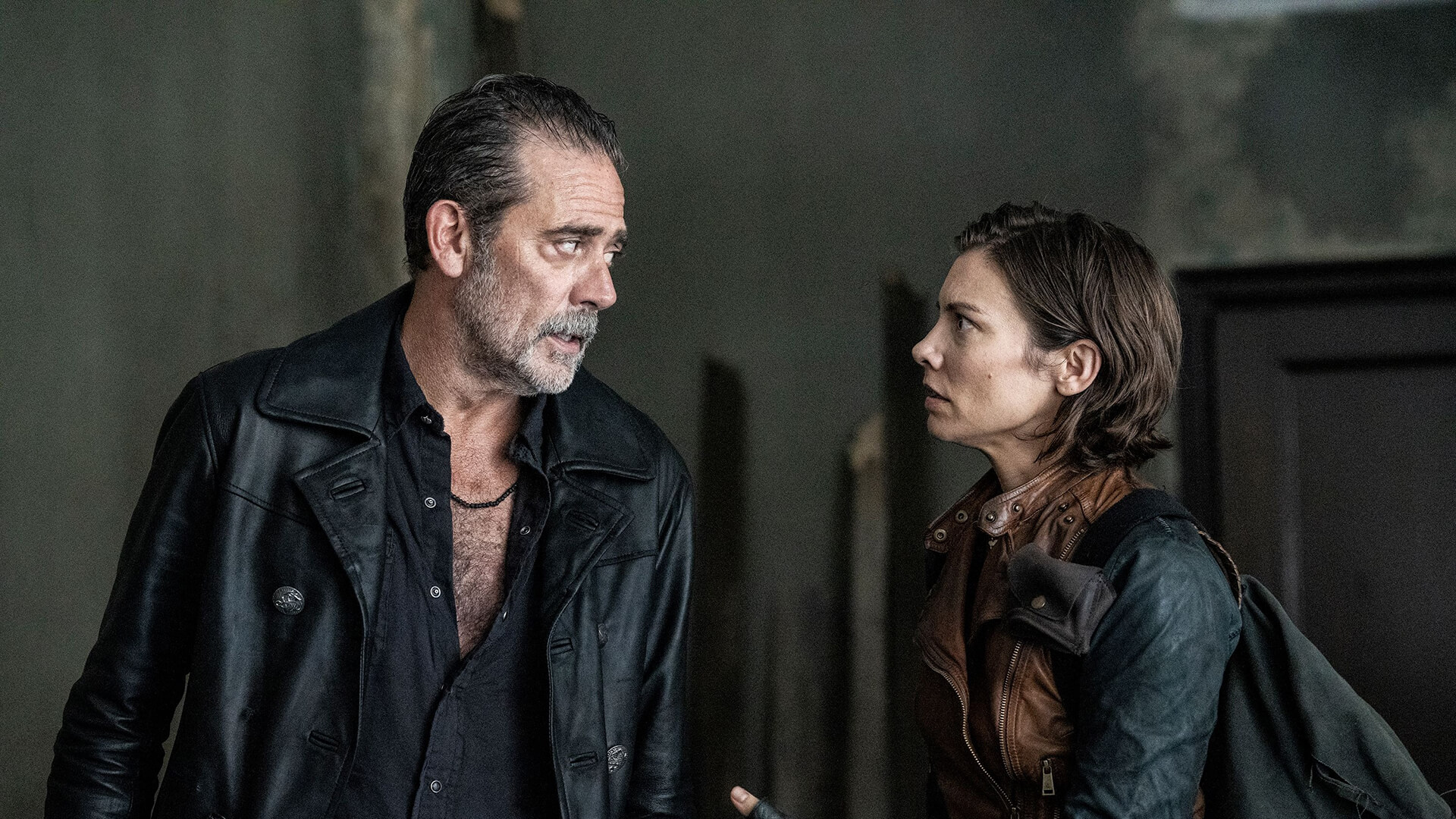
Before diving into The Walking Dead: Dead City season two, it’s worth recapping what happened in season one. Negan and Maggie headed to Manhattan to rescue Hershel (Logan Kim), who had been kidnapped by a man known as The Croat (Željko Ivanek). While the last thing Maggie wanted to do was partner with Negan, he was seemingly her only hope. She believed The Croat was once a Savior and Negan could get through to him.
The pair finally make it, and it’s revealed that Maggie was playing Negan all along. She was told by The Croat that if she could bring him Negan, they would exchange him for Hershel. Negan is not surprised by the lie, and he willingly submits so as to save Hershel.
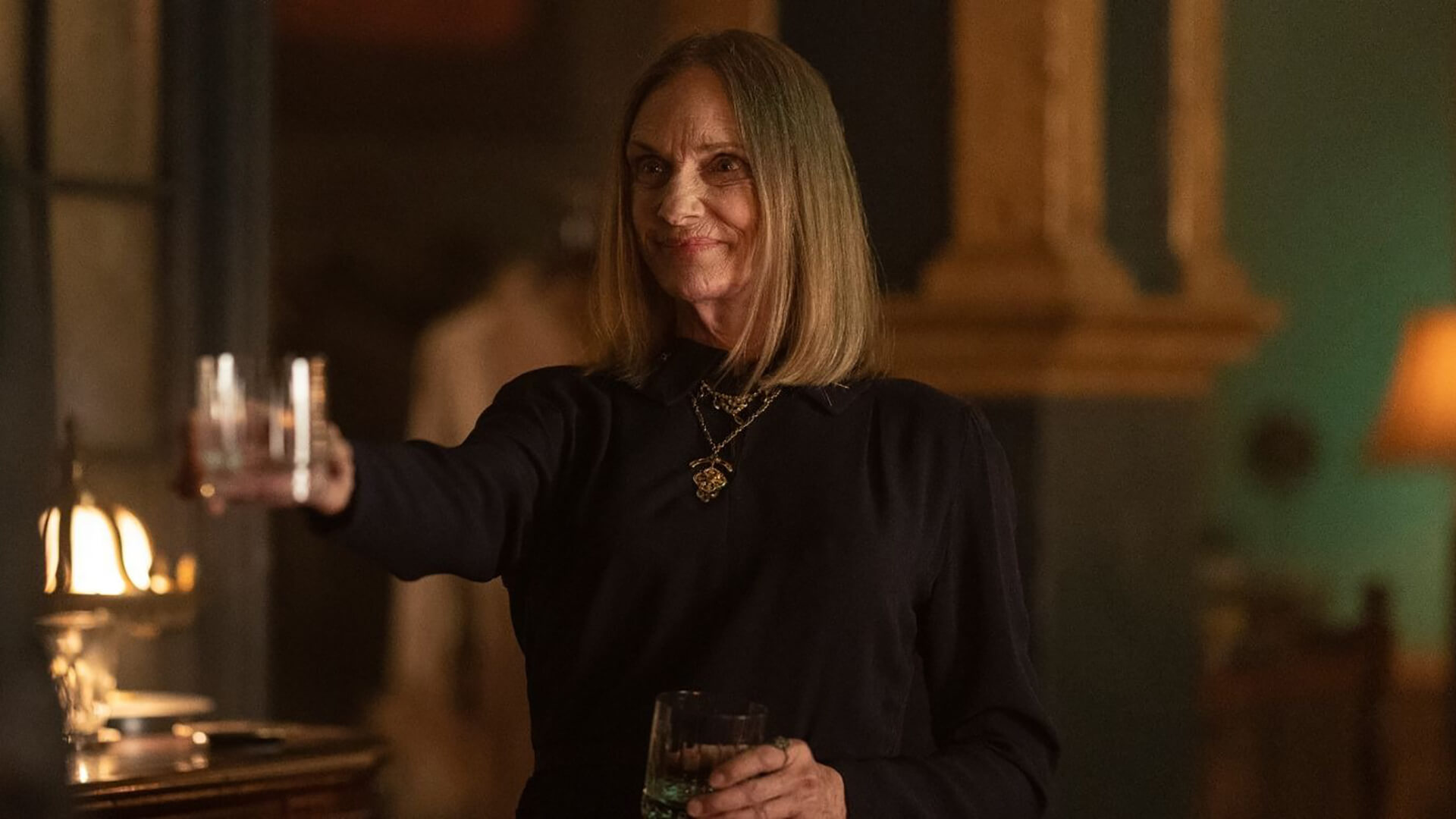
He meets with The Dama (Lisa Emery), the woman who is really in charge. She makes him an “offer he can’t refuse.” She wants him to rally all the different factions through the city to fight back against the New Babylon Federation. This new self-proclaimed law enforcement agency wants to get their hands on the resources The Dama has in Manhattan, including The Croat’s brilliant methods of using the methane from walker bodies into a source of fuel that’s better than ethanol.
Based on everything she has heard about Negan from both The Croat and now Hershel, The Dama thinks – no, knows – that Negan has the charm, leadership skills, and ruthlessness to get everyone on board. Negan wants nothing to do with her. But when she presents him with a gift box of Hershel’s severed toe, he realizes he might not have a choice. The implication is that if Negan doesn’t comply, Hershel will be hunted and killed.
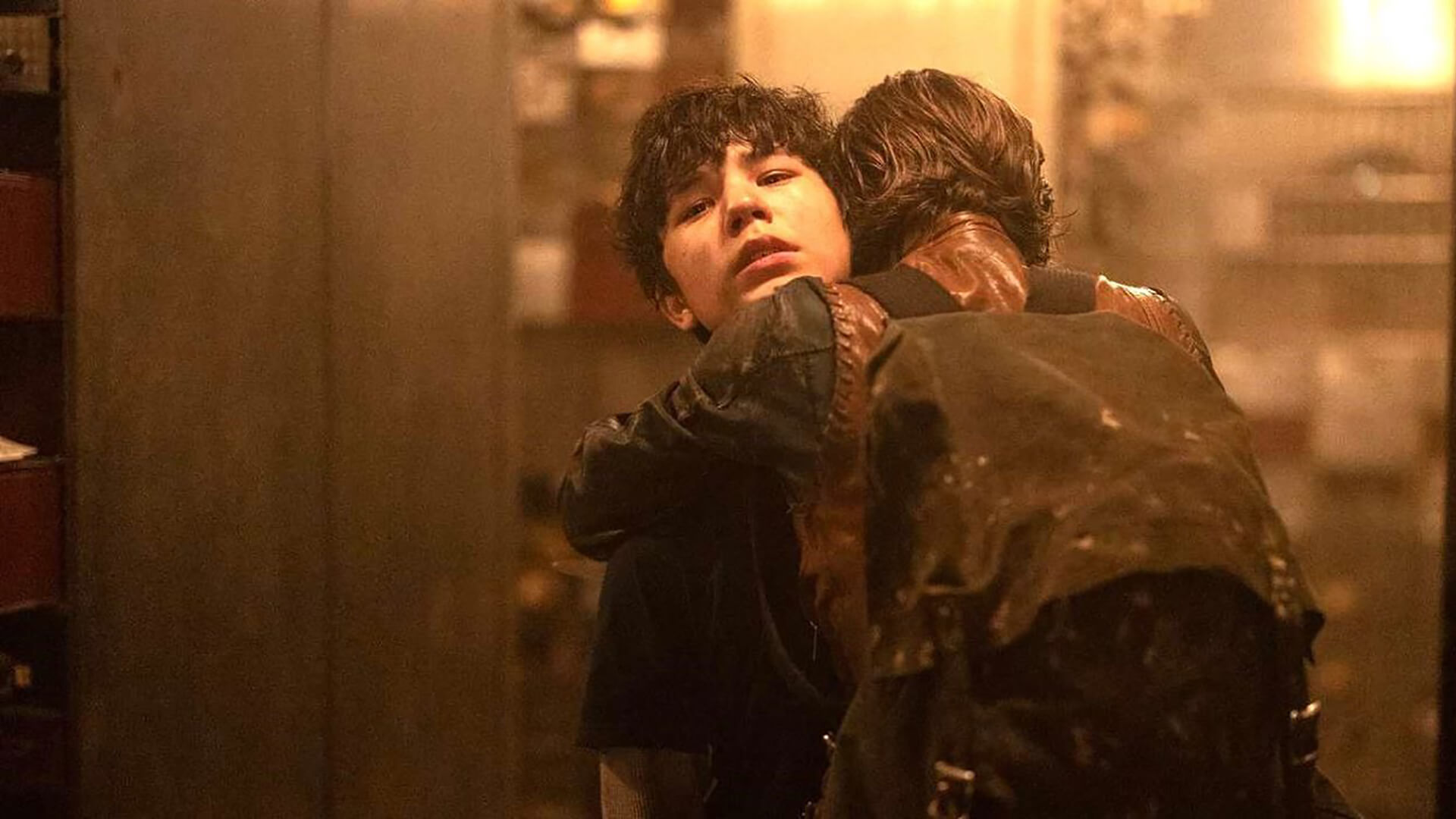
Meanwhile, back at home, Hershel is a brooding pubescent teenager, filled with rage that his mother won’t let go of her obsession with Negan. He gets it. Negan killed his father right in front of her while she was pregnant with him. Negan tore her life apart, brutalized her friends, and tortured her and the group for years. But Hershel recognizes that Negan has also done a lot to redeem himself in the many years that have gone by. He wishes his mother would move beyond her trauma, which he believes has preoccupied her through his entire life. When Maggie finds drawings that Hershel made of a mysterious older woman (The Dama), she realizes his captor may still have a mental hold on him.
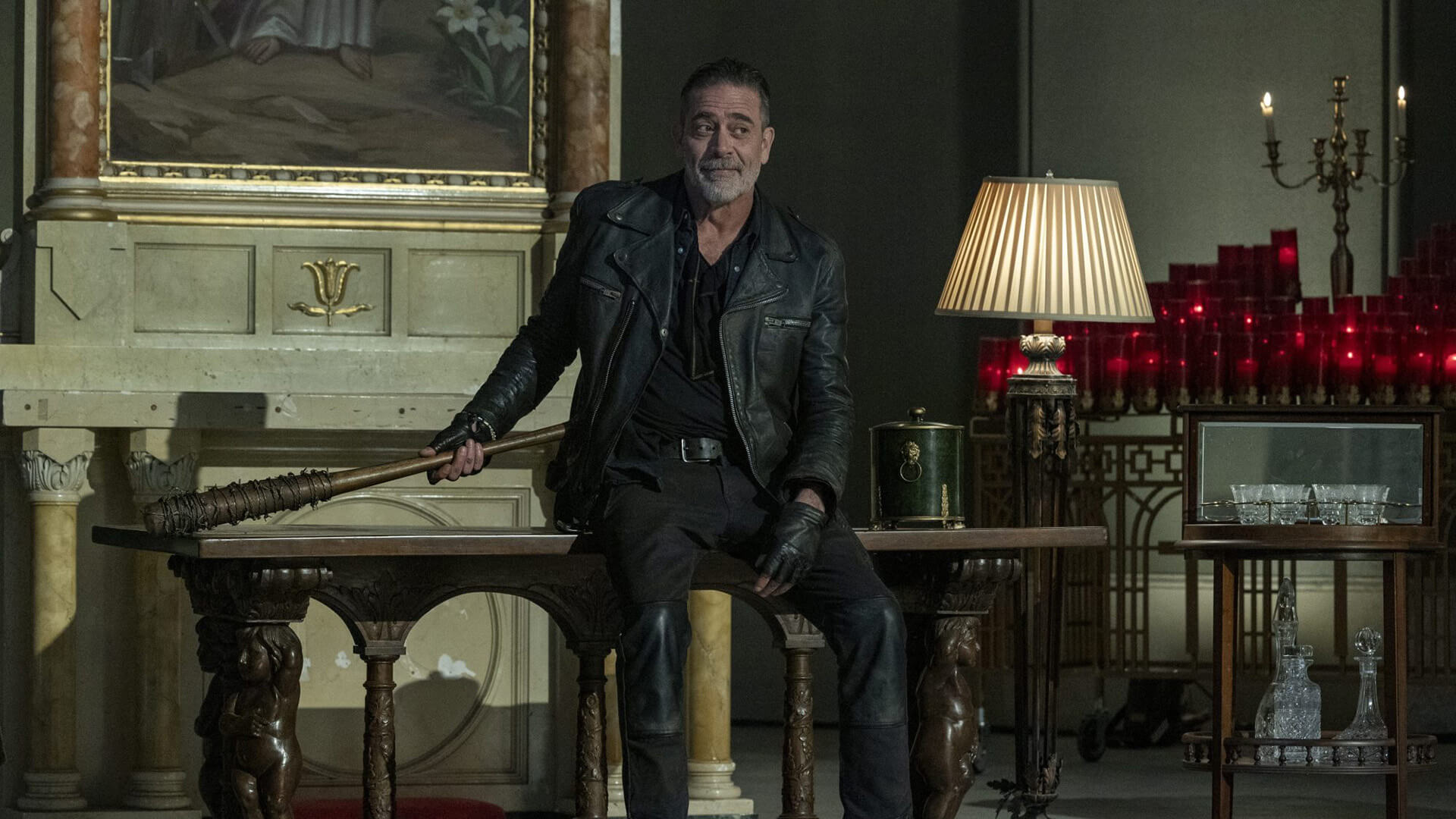
I went into season two excited but also frightened of the tease that the “old Negan” may rear his head again. It’s obvious Negan will accept The Dama’s offer, but Negan never does anything without getting something in return. But what comes next? To do the job, Negan has to balance the heinous traits of his old self with his new “trying to be a good person” (sort of) mantra; or at least not piss off Maggie any more than he already has. He willingly gave up Lucille in The Walking Dead, a symbolic gesture that he was leaving that angry, resentful man behind. Now with Lucille 2.0 in arms, will he fall right back into his old ways?
The “old” Negan has always existed in the sarcasm, wit, and selfish decisions. There were glimpses of the old bent-back, bat-wielding, nursery rhyme quoting, menacing killer for sport in season one. These brief moments even led Maggie to have nightmares. If Negan becomes Negan again, but he’s on the “good guy” side this time, is it OK?
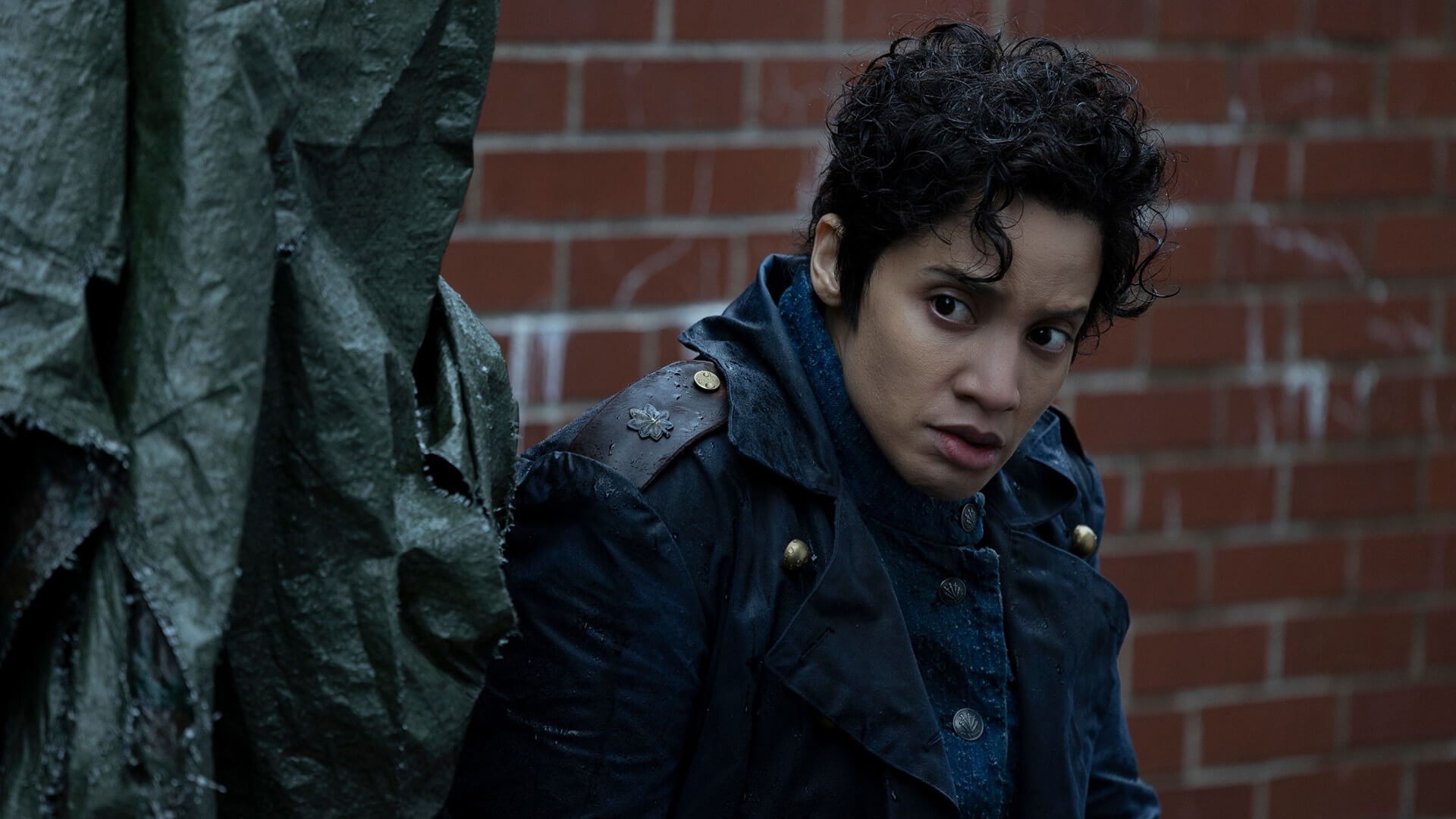
What’s interesting about this show, and this season in particular, is that pinpointing who the “good guys” are in the first place isn’t so cut and dry. On the one side, there’s The Dama and The Croat, clearly manipulative and menacing in their actions and intent. But they have also developed a valuable resource and it’s understandable that they would want to protect it. Then, there’s the New Babylon Federation, which aims to protect and serve in this new post-apocalyptic world. They believe The Dama’s fuel is a resource that should be shared by all. But, as was evidenced in the first season, and even more so in season two, New Babylon sometimes resorts to extreme measures and unjust punishments, all in the name of serving “justice” and the law. What’s more, just like in the old world, there are good cops and bad cops.
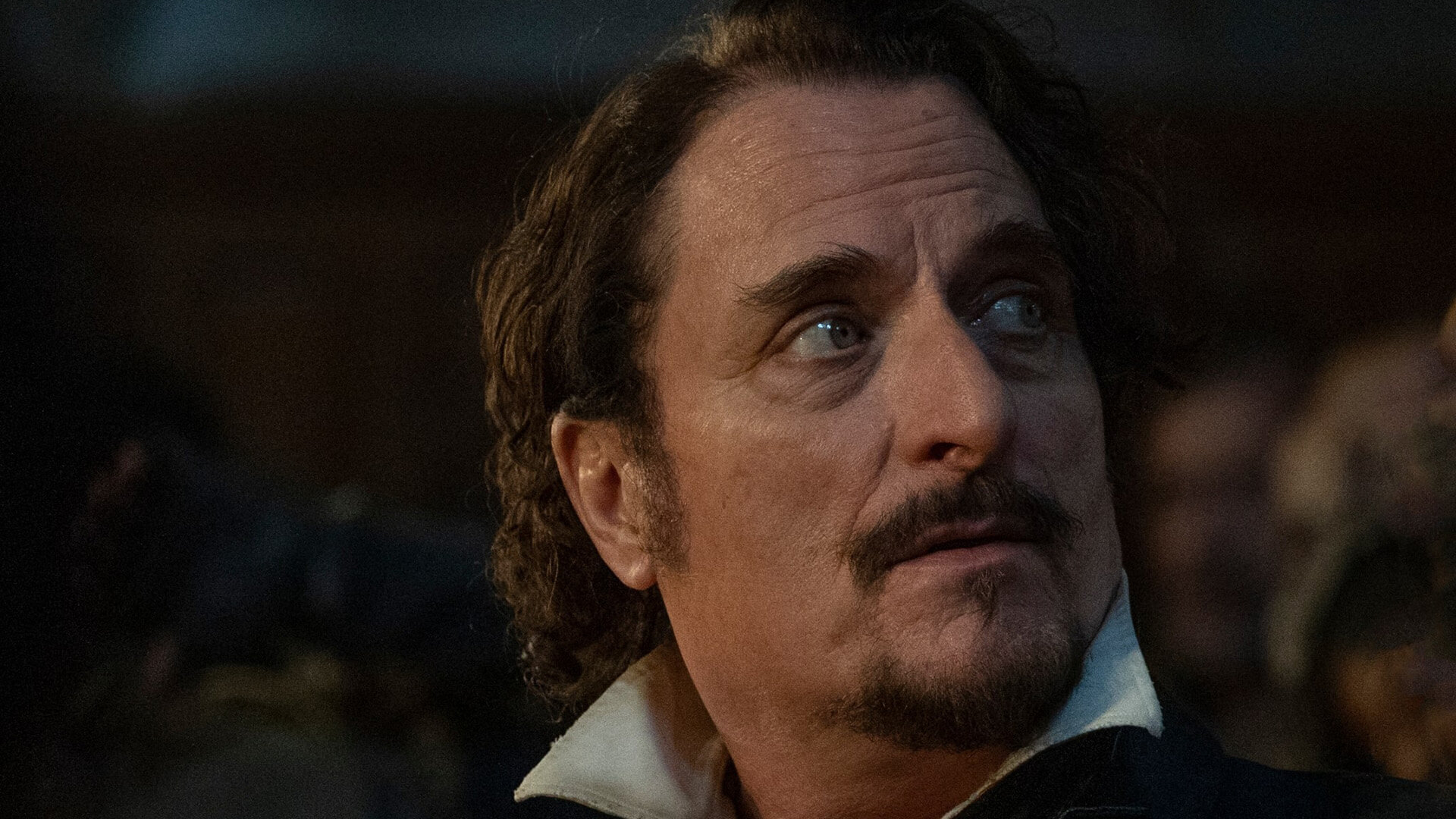
The second season has its intense moments of action, nail-biting tension, and thought-provoking moral dilemmas. But it seems like something is missing. It’s almost like we’re watching a version of Negan who has lost his mojo, and not in the same way he was when he was imprisoned at Alexandria and counting the hours by slowly losing his mind.
This isn’t head-bashing Negan, which we love to hate. But it also isn’t save Judith and Dog in a snowstorm Negan, which we hate to love. It’s, in some ways, phoning it in Negan who is missing some of his magic. He has a bat and it’s wrapped in barbed wires. But it’s not Lucille. And it shows.
Negan is still Negan, of course, and fans of the character will love seeing him come back into his own. His craftiness, his gift of gab, and his clever scheming are awakened in full force. But there’s still something off.
This isn’t necessarily a reflection of Morgan nor the writers. It may just be that the franchise is trying to squeeze more out of these characters than is left to give. The proverbial sponge may have run dry, dripping a few droplets of pleasure, but not quite pouring it.
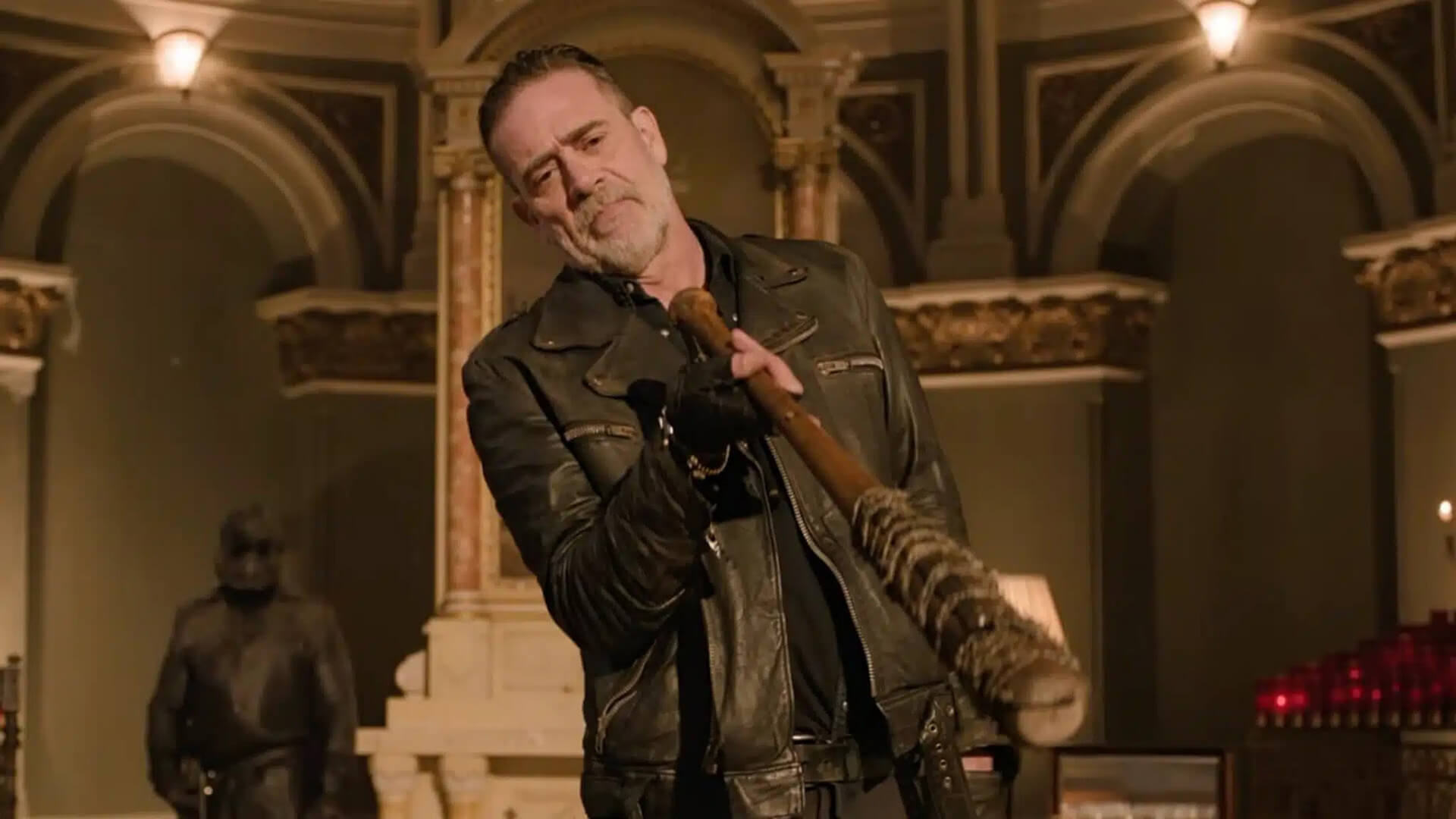
There’s only so many times Negan’s arc can circle ‘round, after all, and so many times we can feel sympathetic towards Maggie as she relives Glenn’s (Steven Yuen) brutal and tragic death again and again. While Hershel’s reactions are understandable, he’s an inherently unlikable character. With that said, his story arc is ironically also one of the most interesting of the season, along with Ginny (Mahina Napoleon), who returns as well.
The issue with The Walking Dead: Dead City is that there are no characters to get behind, at least not ones who last. The season is heavy on the theatrics and over-the-top storylines, injecting a smattering of Ezekiel-like Broadway flare to the story such that characters seem more like caricatures. If the intent is to leave no story angle stone unturned in this universe, this spin-off is contributing to that in spades by adding some seriously strange scenes and encounters to the mix.
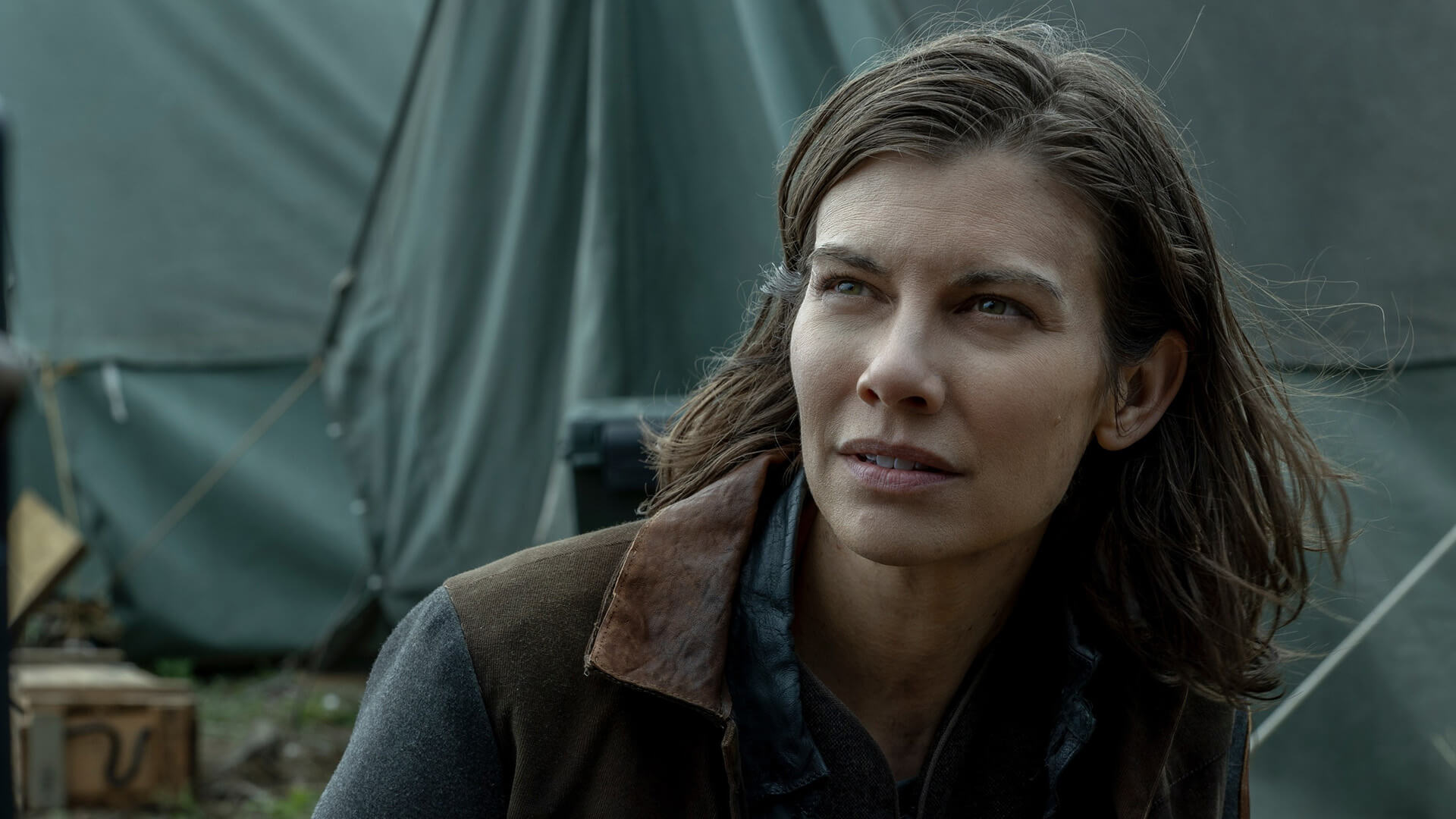
So, is it a bad season? No. But is it as good as the other two spin-offs or season one? No. Will you see the Negan you have been waiting to see? Debatable. With that said, I’ll hold my final thoughts until the entire season plays out. But for this snack season to turn into a full-blown feast, Negan needs to figure out who he is and decide to become that person. I don’t want to go along for his existential ride while he figures it out.

